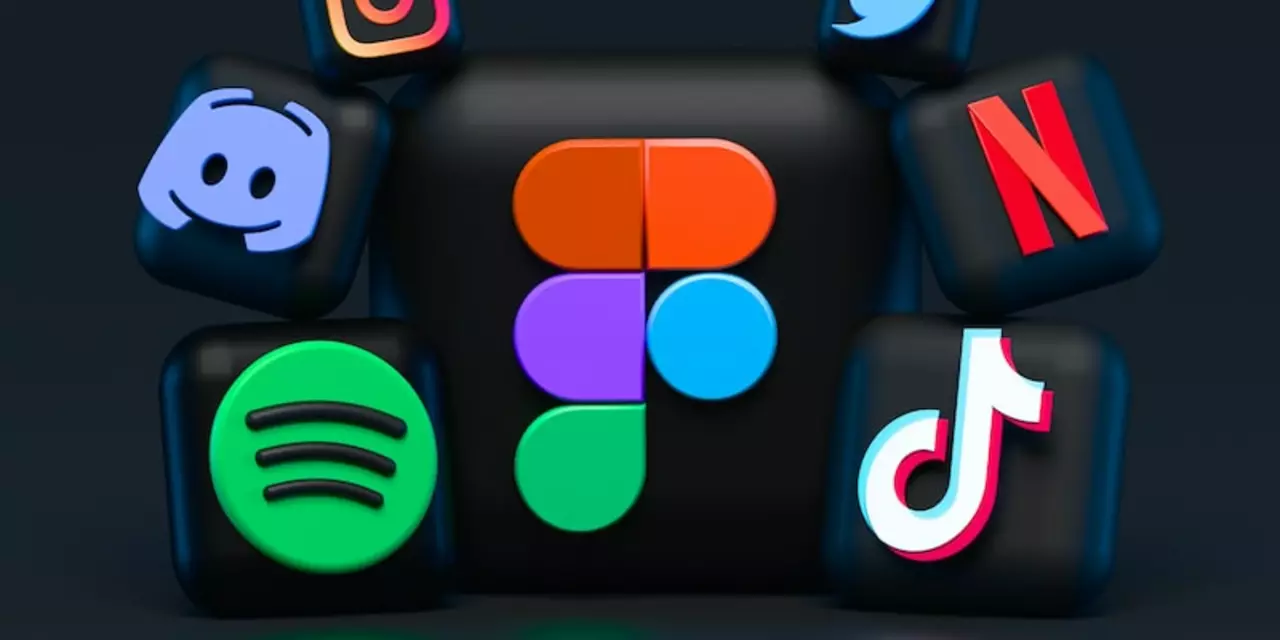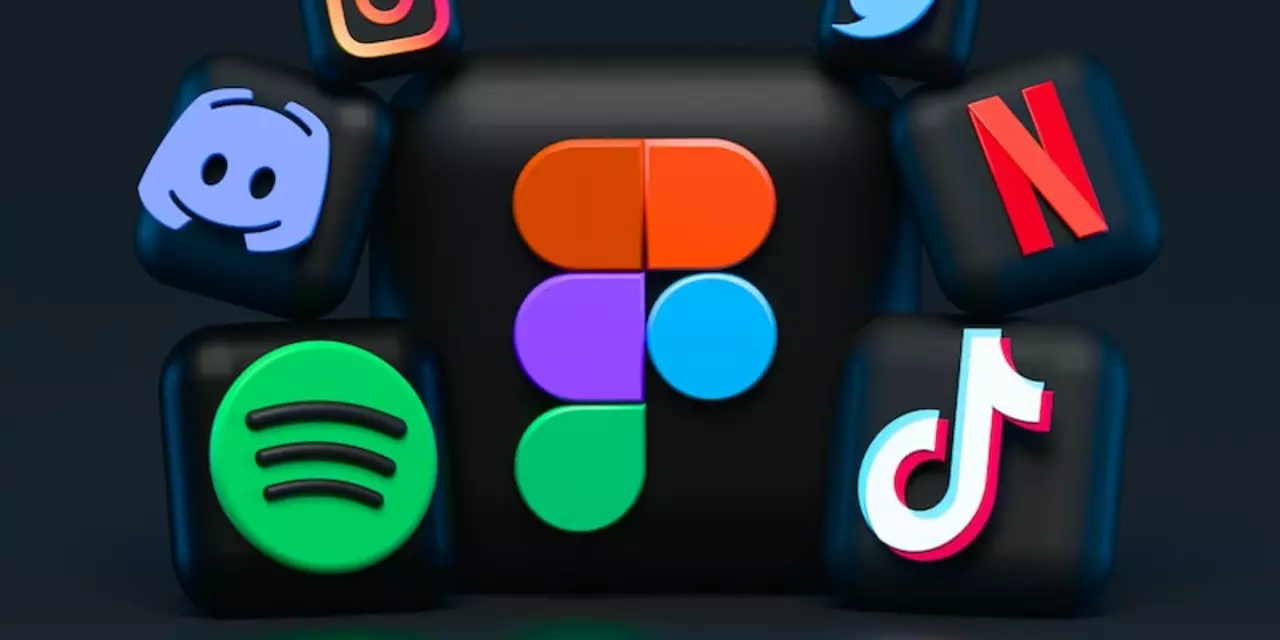Social Media Basics: Types, Tools, and Building Your Own App
Social media is everywhere – from scrolling through pictures on Instagram to posting job updates on LinkedIn. But not all platforms work the same way. Knowing the differences helps you pick the right one for your goals, whether you’re a marketer, a creator, or just someone wanting to stay connected.
What Kinds of Social Media Networks Exist?
First off, there are several big categories. Friend‑focused networks like Facebook let you share life updates with family and friends. Micro‑blogging sites such as Twitter are great for short, real‑time thoughts and news. Visual platforms – Instagram and Pinterest – let you post photos, short videos, and design ideas. Then there’s professional networking on LinkedIn, where you showcase skills, find jobs, and share industry articles. Lastly, video‑centric sites like YouTube let anyone upload, watch, and comment on videos on any topic.
Tools That Sync With LinkedIn and Other Platforms
If you manage more than one account, using a social media tool can save a lot of time. Hootsuite, for example, lets you schedule posts for LinkedIn, Facebook, Twitter, and more from a single dashboard. Buffer works the same way, focusing on easy scheduling and analytics. SlideShare, owned by LinkedIn, is perfect for sharing presentations and reaching a professional audience. These tools keep your content consistent and help you track what works.
When you choose a tool, ask yourself: does it let me publish to the platforms I need? Does it give simple reports on likes, shares, and comments? The answers will tell you if it’s worth the subscription.
Thinking About Making a Social Media App?
Building your own social media app sounds exciting, but it’s not a walk in the park. You’ll need solid coding skills or a team that knows front‑end design, back‑end servers, and data security. User privacy is a big deal – every app must protect personal info and follow regulations. Also, the market is crowded, so you’ll need a clear feature that makes your app stand out, like a unique way to share content or a niche community focus.
Start small. Create a prototype with core features: user signup, posting, and a feed. Test it with a handful of users, gather feedback, and iterate. As you grow, add things like messaging, video, or AI‑based recommendations, but only if they solve a real problem for your users.
What Makes Successful Social Networks Tick?
Successful platforms share a few key habits. They keep users engaged by encouraging them to create and share content regularly. Safety and privacy are top priorities – people stay longer when they feel secure. Continuous innovation also matters; the best networks launch new tools before competitors do. Finally, design matters: an intuitive layout makes it easy for anyone to jump in and start using the app.
Take TikTok as an example. Its short‑form video format, endless scroll, and powerful recommendation engine keep users glued for hours. Instagram’s focus on visual storytelling and shopping features keeps creators and brands coming back.
In short, whether you’re picking a platform, using a scheduling tool, or dreaming of your own app, think about what your audience cares about, protect their data, and keep adding value. That’s the recipe for a thriving social media presence.







